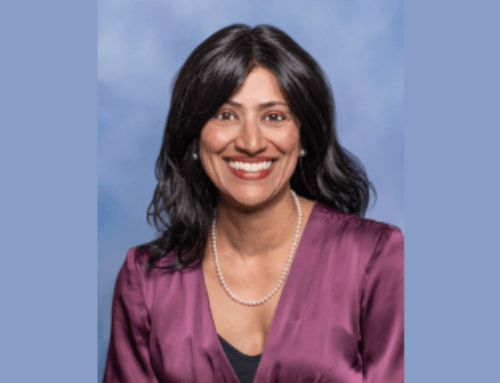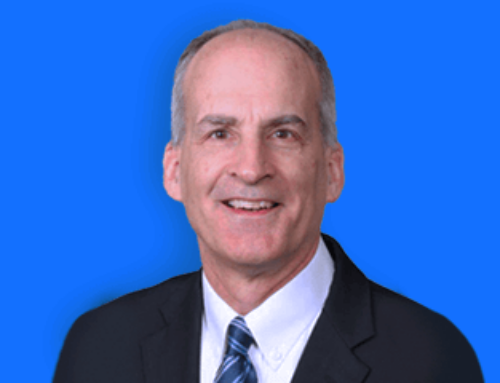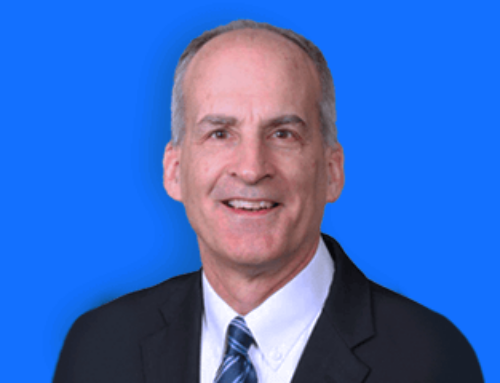Following is an excerpt from AASM President Dr. Timothy Morgenthaler’s editorial that is published in the Aug. 15 issue of the Journal of Clinical Sleep Medicine.
My colleague explained how Don entered her office resolute to not use “C-crap” and demanded another therapy. After first tracking down the new study results, she patiently explained them along with many treatment options (PAP, oral appliances, oral pressure therapy, surgical approaches), and explained the potential benefits, likelihood of success, risks, and costs of each kind of therapy. Don asked to know more about PAP. She asked Don if he would be willing to see what some older or different PAP interfaces might feel like. She spent time letting him try some different masks, and saw what she described as “a light go on” in Don as he understood that there could be some options for him. He expressed willingness to try PAP again. She next worked through his insurance issues, and then coordinated things to get him a new PAP machine and supplies—ones that Don liked. This took several phone calls and many signatures, often for duplicate paperwork. Four weeks later he returned to her office. She was ready for a challenging visit—the kind associated with a patient who is struggling to succeed or who has decided against being helped. Instead she found a large midwestern man with a huge smile on his face who hugged her, proclaiming, “Thanks for giving my life back to me.”
Joy. There was great joy in my colleague’s eyes as she related how it made her feel to reach in and change someone’s life for the better. She was enthused about how practicing her chosen field was impacting so many patients’ lives for the better on a daily basis. She was excited about Don.
I relate. I know you do, too. I’ve been practicing sleep medicine for 20 years. I love it. In some sense, there has never been a better time to be a patient in need of sleep care. Our field offers highly trained sleep specialists, other well-trained professionals who help deliver sleep care, many accurate means of diagnosing sleep diseases, and a wide variety of effective therapies. We can and do make a difference in patient’s lives.
However, there was a long distance between Don’s first sleep study and my colleague’s joy in seeing him cared for. Too long. That is why I feel more than ever that the mission of the American Academy of Sleep Medicine is exactly the right mission. If we succeed in this mission, patients will benefit, society will benefit, and we will have joy in our work.
The Costs
So, what is in the way? Don was fortunate to have a well trained and dedicated professional who spent lots of time working through a highly fragmented and poorly coordinated system. This system failed Don. Years later, possibly with preventable harm, Don re-entered the system through the office of a sleep specialist. Only through significant persistence and expertise did Don receive a treatment program that is working. And, my colleague paid for the system inefficiencies with her time, frustration, and quite literally, her income. She experienced joy, but at too high a cost.
Fighting the many areas of waste in a poorly designed healthcare system is not sustainable. More importantly, working in a system with such wastes disrespects persons of any level of training—physician, advanced practice registered nurse, physician assistant, registered nurse, clinical assistant, respiratory therapists, sleep technologists, secretaries, whomever. Over time, such bad systems deprive our patients of high value healthcare and rob us of joy. This is particularly concerning at this tender time for sleep medicine. We will need to take action to improve the systems we work in, or risk missing an opportunity to make a huge difference.
What can we do? I believe there are distinct roles for both the Academy and for sleep specialists to play.
Read the complete editorial, Joy in the Practice of Sleep Medicine, in the Aug. 15 issue of the Journal of Clinical Sleep Medicine.
Morgenthaler TI. Joy in the practice of sleep medicine. J Clin Sleep Med 2014;10(8):829-832.



